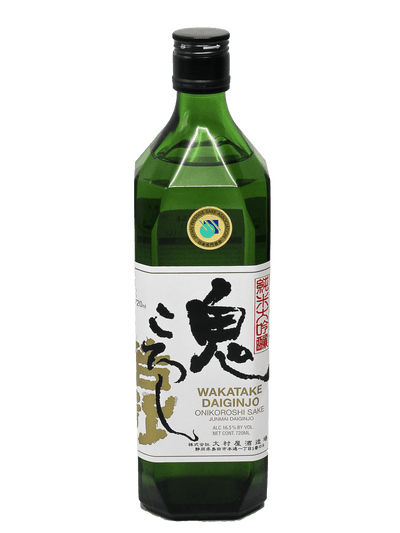Everything You Need to Know About Saignée Rosé Wine

To make rosé wine, a winemaker can choose from three production techniques: direct pressing, maceration, or the saignée method. Let's focus on this intriguing third winemaking method and explore what it involves.
Bleeding and Bloodletting: Medical Practice or Winemaking Technique?
The word “saignée,” which derives from the French word for blood, may remind you of ancient medical practices, where blood was drawn from a patient to remove illness. But what does this have to do with rosé wines? In fact, the saignée method also applies to the world of wine, particularly rosé, because the winemaker also draws a sample.
In this context, the sampling refers to the grape must that has been macerating in vats, intended for red wine production. Once all the must is in the vat, the winemaker then extracts part of this juice to undergo alcoholic fermentation separately, while the rest of the vat continues macerating to produce red wine. This process is known as “bleeding.” The drawn-off must is rosé-colored.
The Benefits of Saignée Rosé
To make saignée wine, the skins of black grapes remain in contact with the must for a few hours. During this time, the must absorbs the coloring pigments from the red grape skins, along with aromas and tannins. Naturally, then, a saignée rosé is more colorful, aromatic, and tannic than rosé wines made by the other methods. Be sure to look for such wines the next time you request online wine delivery.
These characteristics make it a wine with good aging potential, distancing itself from the traditional aperitif rosé. It is much more suitable for accompanying gourmet dishes, from appetizers to cheeses.
Rosé Champagnes are often made using this method. Consider, for example, the 2016 Olivier Horiot Seve Rose de Saignee or the Christophe Mignon ADN de Meunier Rose de Saignee Extra Brut Champagne. Another interesting choice is the 2016 Olivier Horiot Seve Rose de Saignee. Olivier Horiot has made it his mission to bring back the Champagne region's seven indigenous grape varieties, producing cuvées coveted by both beginners and oenophiles.
Other Methods of Making Rosé Wine
Contrary to popular belief, rosé is not a mix of red and white wines. And while the saignée method may no longer be a mystery to you, there are two other common methods for making rosé wines, resulting in unique typicity.
- Direct Pressing Rosé: As with white wines, red grapes are pressed immediately after harvest. The contact time between the must and the juice is very short, resulting in much paler and lighter pressed rosés compared to saignée wines.
- Maceration Rosé: A maceration rosé is essentially a saignée rosé where the entire vat is dedicated to rosé production. The must is not drawn from a red wine vat, and the maceration is stopped after a few hours. Maceration rosés thus have an intense color and powerful aromas.
Although it’s not common, there is also rosé d'assemblage, where the winemaker blends a maceration rosé and a saignée rosé.
How Do You Recognize a Saignée Rosé?
Today, it's not mandatory to mention the winemaking method on a wine bottle's label. Therefore, it can be difficult to determine at first glance or by tasting if a rosé is a saignée wine. However, more and more winemakers are choosing to highlight this on their bottles to stand out with a wine of character.
In general, a pale-colored rosé is likely not a saignée, unlike rosés with a beautiful raspberry or redcurrant hue.
Making rosé wine is much more complex than it seems, and saignée is one of the methods for achieving an intense pink color and a beautiful aromatic palette. It is possible to learn to distinguish this type of saignée rosé during a wine tasting, but it remains a challenging exercise. As we noted in another blog, “saignée produces richer wines because the process begins as red wine production,” so that is the tell-tale characteristic of these wines.


















Leave a comment